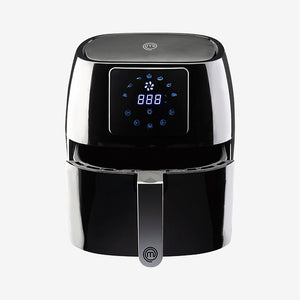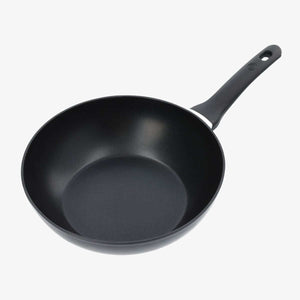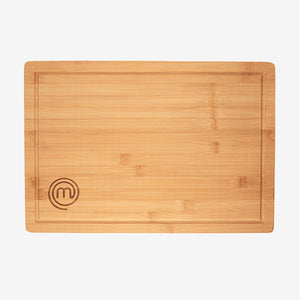Utilise your immersion blender
An immersion blender is a versatile tool that can help you create creamy and delicious plant-based soups, sauces, and even smoothies. It's an essential addition to your kitchen, as it can be used for a wide range of recipes. Here's how to make the most of it:
Creamy Soups: Puree vegetables like potatoes, carrots, or broccoli to make soups without the need for heavy cream. Whip up a satisfying bisque using canned tomatoes, vegetable broth, and seasoning.
Homemade Sauces: Create flavorful vegan pasta sauces by blending tomatoes, garlic, onions, and herbs. Customize them to your liking, adding spices, nutritional yeast, or even a splash of non-dairy milk.
Coconut milk: Coconut milk is a great vegan alternative for introducing fats to your diet if you’re concerned about your calorie intake. Replace your dairy and cream bases in dishes like butter chicken with a coconut base for an equally creamy and rich dining experience.
What about Starch? The power of the tears of the pasta gods cannot be stated enough. Whenever you cook it’s smart to reserve a cup of some starchy pasta water to utilise later. Try adding spaghetti mid-way through and finish by incrementally adding pasta water to your sauteed veg to be left with a smooth full-coverage emulsion.








